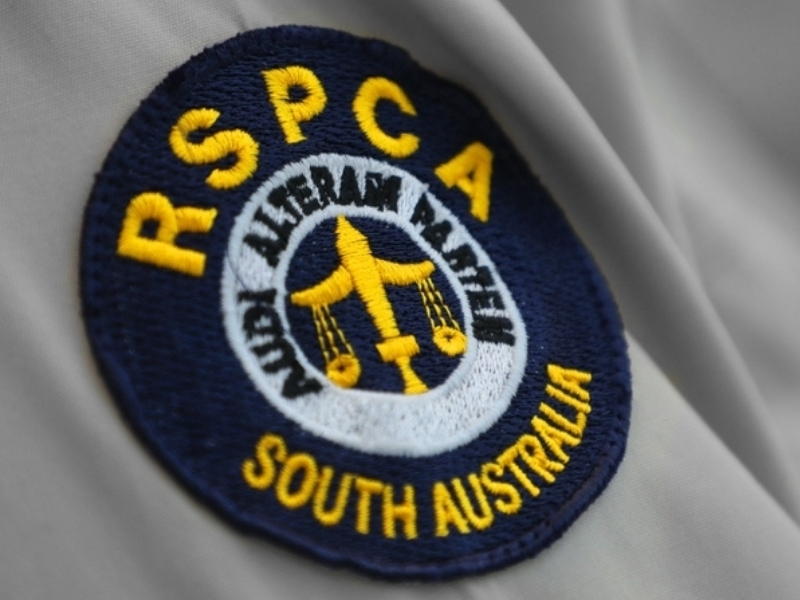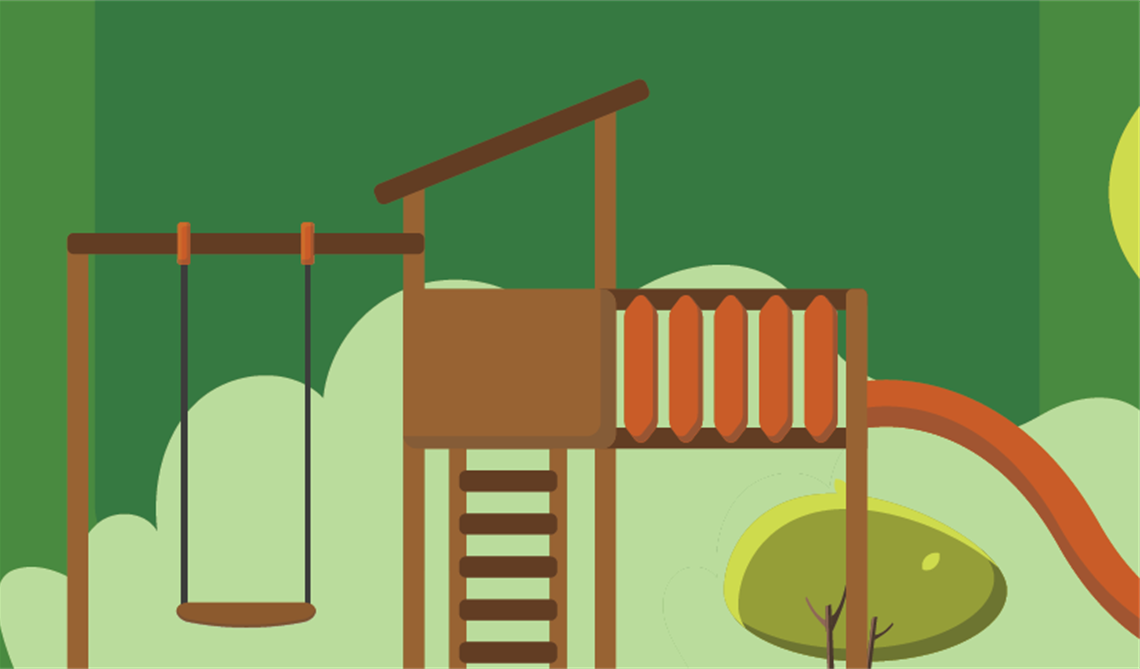Thank you Ben for that introduction.
Can I also acknowledge my Ministerial and parliamentary colleagues and the Leader of the Opposition here today.
Michael Miller.
The Bradfield Board of Governors
Ladies and gentlemen.
I want to thank the Daily Telegraph for hosting the Bradfield Oration once again.
This is one of my favourite events because it combines two things I love – bold ideas and our beautiful city.
In fact every year, new ideas are born in this forum by the people sitting in this very room.
And they change our city – and our lives – for the better, just like Bradfield did.
Let me start off by saying something that there should be no disagreement with.
I believe Sydney is the greatest city in the world
I love this city and everything about it.
Now I know it’s not perfect – but I even love its imperfections.
We are Australia’s first and greatest city.
We are the heartbeat of this Great Southern Land.
And we are the face of Australia to the world.
We are unique in that even though our feet are planted firmly in home soil, our perspective is global.
If you ask the people of Melbourne, who’s your competition, they will most likely say Sydney.
But for Sydney, our standard isn’t local – we’re competing with the world’s greatest cities like London, Tokyo, New York & Paris.
But our biggest threat isn’t another city.
Our biggest threat is the status quo.
Our tendency to rest on our laurels and accept things the way they are.
I think the life of John Bradfield offers us three important lessons to overcome this risk and take our rightful place as one of the world’s great cities.
Lesson #1
The first lesson is that you have to persevere because change is hard and takes time.
The Harbour Bridge wasn’t built in a day.
Back in 1815 it was a bridge first suggested by convict and architect Francis Greenway.
Before Bradfield picked it up in 1900 with his own vision.
It wasn’t until 1923 that construction actually started.
And it wasn’t all smooth sailing, with opposition and protests along the way.
But Bradfield kept going and eventually his vision was realised.
This is a lesson that our government has learned, as we have turbocharged our building boom.
Over the last ten years we have built schools and hospitals, metros and motorways.
The highways and light-rails, parklands, museums and stadiums.
And we have seen that making change is like waging a war on the visible, trying to move people to a future that they cannot yet see.
In fact, there has been opposition to almost every project that we have built;
-from the North West Metro to NorthConnex,
-the Sydney Football Stadium to the Sydney Modern,
-the Light Rail to the Powerhouse
-even the hospitals such Tweed, the Northern Beaches and the new Prince of Wales were met with opposition
Just last week I was underground in the M4-M8 tunnel.
A road that will mean you can drive from the Blue Mountains to Sydney airport without one single traffic light.
And yet even as this new road opens, there are still members of our Parliament who oppose it.
That shouldn’t be surprising.
Even in Bradfield’s day, the ferry operators protested the Bridge, horse and cart operators protested cars, and that certain other newspaper famously opposed the Opera House.
In the heat of short term politics, no argument is more persuasive than the argument for doing nothing.
And that’s why perseverance is so important.
Lesson #2
The second thing Bradfield can teach us is that you need to be bold and dare to do things differently.
He did this by choosing an arch design for the Bridge – a decision described as difficult and daring.
Our government has applied this lesson to the ways we have funded and built city shaping projects.
But great cities aren’t just built with steel and cement.
Great cities are about people and I want to create a better future for everyone in our city.
Let me give you three examples.
Health.
Everyone knows our entire health system nationally is under pressure.
Just building more hospitals and hiring more nurses isn’t going to solve the problem.
So we’re doing things differently and stepping up – while providing record funding.
Millions of people across our state need a regular script from their GP.
It doesn’t make sense to clog up doctor’s surgeries just for people to get their regular medication.
So we fixed it and for the first time we are allowing pharmacists to give scripts directly to their regular patients.
Like the boat operators in Bradfield’s time, the doctor’s union said our changes would spell the end of general practice in Australia.
Alongside Victoria we are adopting a new solution to turbocharge our GP practices with longer hours and a one stop shop of services to take pressure off our emergency departments.
On home ownership, we are removing stamp duty for first home buyers.
It was 150 years ago, some enterprising mid-level Treasury bureaucrat came up with the idea of stamp duty in NSW.
That was set at a 0.5 per cent, or 10 shillings for every £100.
A stamp on a piece of paper that stops a generation of home ownership.
Today, that one decision – unquestioned for generations – is now responsible for one third of state’s tax revenue.
Our policy to make stamp duty optional for first home buyers has unleashed a barrage of opposition, as expected.
But I look at my kids and look at their prospects of home ownership, and I think: how can we let some 150-year-old tax – the most inefficient tax in the world – just continue to lock people out of home ownership in this city.
Now education.
We have to be willing to do things differently if we want better future for our kids.
So we’re changing the old 9 to 3 school hours, because what worked 100 years ago doesn’t suit working families today.
We’re introducing an entire new year of education in our school system called pre-kindergarten.
We’re paying our very best teachers more.
We’re adding practical trade subjects to the HSC.
And we’re introducing a new kind of tertiary education, bringing together universities
and industry to get out kid’s job-ready for the future.
All of these are a direct challenge to the status quo, the way things have always been done.
If we want to win the future, we must have the courage to innovate in education.
So today I announce a new way preparing our kids for the future.
I want kids in our West to be educated and learn from world leading doctors, nurses and medical researchers.
So we are going to build a new $300 million education campus at Westmead.
With a new primary school and a new selective high school for our West – 3000 students from pre-K to year 12.
The campus will be co-located in the Westmead Health and Innovation District.
Alongside major hospitals, medical research institutes and university campuses – teaming up our brightest minds to support the next generation of leaders.
This concept is the first of its kind in Australia.
I see these schools not just delivering our future Prime Minister or Premier.
I see them as a training ground in our West for our future Nobel Prize winners in medicine and science.
This is just the start and I want to see this new way of learning rolled out across the State.
Because doing things differently is the only way to set up our kids for a brighter future.
Lesson #3
The last thing Bradfield can teach us is that we must always be focused on leaving a legacy.
When he designed his bridge, he didn’t do it just for the needs of the today, but for the needs of tomorrow.
He knew the growth that would come – both in people and technology – and he built accordingly.
As he himself stated : “Future generations will judge our generation by our works.”
I want our legacy as a government to be focused on the next generation, not the next election.
To me, being a conservative is a blend of stability and change – preserving the best of tradition and innovating everything else.
And it has to be because as Burke said, conservatism is founded on a duty.
To respect not only those who have gone before us, those who are living but importantly those who are yet to come.
Our children. And their children.
To let a city like Sydney stand still is a crime against the next generation.
We must preserve and build on this city’s unsurpassed beauty, and its unlimited opportunity.
CONCLUSION
Let me conclude by saying, I want us all to live in a Sydney that is the greatest city in the world.
The buildings and the projects are part of that.
But we only build these for our people.
I want our city to be built around our families.
To be a hub of opportunity, for the ambitious and the aspirational.
A city that inspires and delights.
A beacon of hope and freedom for the world.
A city that honours our shared past.
That maximises the moments of our present.
And builds our collective future.
I believe today we face a line in the sand, about what kind of city we want to be.
We can stick with the status quo and become overwhelmed by the challenges of today.
Or we can move forward into the future filled with confidence, armed with the lessons Bradfield taught us.
Persevering when things are hard, daring to do things differently and leaving a legacy we can all be proud of.






